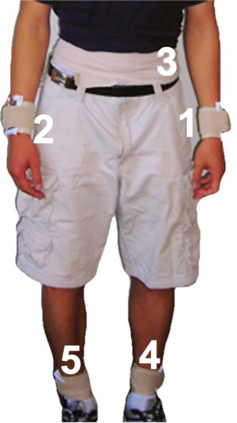Graph neural networks (GNNs) are powerful models for many graph-structured tasks. Existing models often assume that a complete structure of a graph is available during training, however, in practice, graph-structured data is usually formed in a streaming fashion, so that learning a graph continuously is often necessary. In this paper, we aim to bridge GNN to lifelong learning by converting a graph problem to a regular learning problem, so that GNN is able to inherit the lifelong learning techniques developed for convolutional neural networks (CNNs). To this end, we propose a new graph topology based on feature cross-correlation, called the feature graph. It takes features as new nodes and turns nodes into independent graphs. This successfully converts the original problem of node classification to graph classification, in which the increasing nodes are turned into independent training samples. In the experiments, we demonstrate the efficiency and effectiveness of feature graph networks (FGN) by continuously learning a sequence of classical graph datasets. We also show that FGN achieves superior performance in human action recognition with distributed streaming signals for wearable devices.
翻译:图形神经网络(GNNs)是许多图形结构化任务的强大模型。 现有的模型通常假设在培训期间可以找到一个完整的图表结构, 但在实践中, 图形结构数据通常是以流态方式形成的, 从而经常需要不断地学习图形。 在本文中, 我们的目标是将图形问题转换成正常学习问题, 从而将GNNN连接到终身学习, 从而让GNN能够继承为动态神经网络开发的终身学习技术。 为此, 我们提议了一个新的图表结构, 以特征交叉坐标为基础, 称为特征图形。 它将特征作为新的节点, 并将节点转换成独立的图形。 这成功地将原节点分类问题转换成图形分类, 从而将日益增加的节点转化为独立的培训样本。 在实验中, 我们通过不断学习经典图形数据集的序列来展示地貌图形网络(FGN)的效率和效力。 我们还表明, FGN在人类动作识别过程中, 与可磨损装置的分布流信号取得了优异的性表现。









